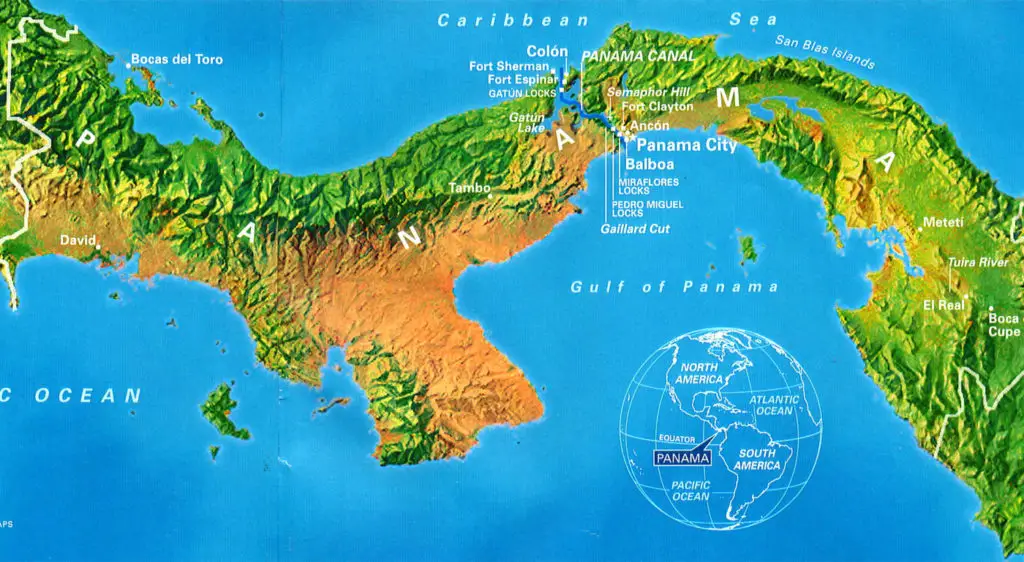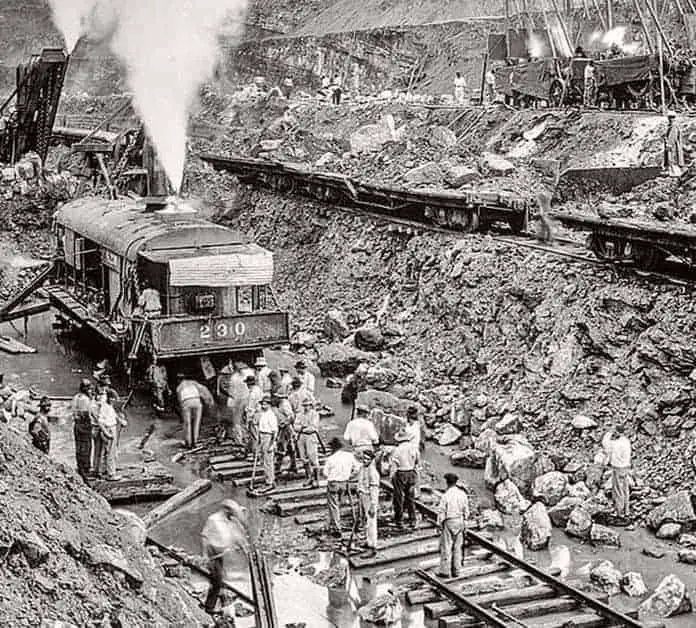The Panama Canal, 82 km, which took the lives of more than 25000 workers, is an artificial waterway in Panama that joins the Atlantic Ocean with the Pacific Ocean.

Who Built the Panama Canal
The work was started on this deadly canal by French engineers in the 1880s. In the starting years, the French company lost 20,000 workers due to a lack of knowledge and resources.
The United States took over the charge in 1904 and finished it in 1913 by losing 5,600 workers due to mishaps and diseases.
To top it all, many workers had been dead due to malaria and yellow fever. The medical community at that time concluded that nasty conditions and lousy air caused these diseases.

The Americans built this impossible canal in surprising time due to the innovative techniques and efforts of chief engineer John Stevens.
His other pal, Lt. Col. George Washington Goethals, used his science to mine the stubborn, headstrong mountain range and supervised the construction of the dams and locks.
It took ten tough years to construct the original canal. It may be judged long by today’s standards and “Yes” it’s true. But in the light of that time, resources and techniques, it was a great success.
Especially regarding the lack of understanding of the topography of Panama and the fact that such type of canal work had never been constructed before.
The grand Panama Canal was considered the most successful and big project of the 20th century and officially opened for transport on August 15, 1914.
However, due to the outbreak of WWI, the grand ceremony was downgraded. At that time, it was the most expansive project in the history of the US
They spent more than $350 million on it.
The US managed it alone for around 75 years and assigned the charge to Panama on December 31, 1999.
